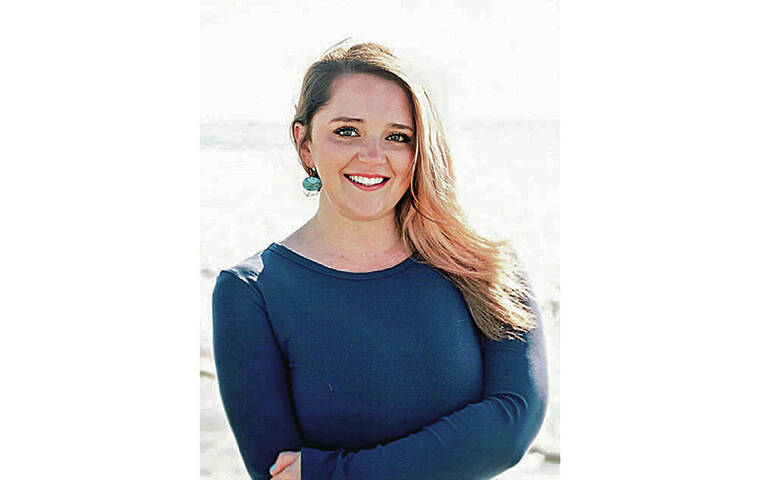State pension fund ekes out gain in rocky quarter

Kristin Varela, ERS chief investment officer.

STAR-ADVERTISER
Thom Williams, ERS executive director.


The state Employees’ Retirement System pension fund is on pace to achieve its seventh positive fiscal-year return in a row.
But the past three quarters haven’t been easy.
The Russia-Ukraine war, soaring interest rates, high inflation and the threat of a U.S. debt default crisis have all weighed on the stock and bond markets.
Through it all the ERS fund rose 1.3% in the fiscal third quarter that ended March 31 to bring its gain for the fiscal year to 0.5%, according to a report presented May 22 to ERS trustees by investment adviser Meketa Investment Group. That is still far below the 7% average annual target, or assumed investment return, the ERS has set for itself to meet its financial obligations.
“Considering these headwinds, we view these results positively,” ERS Executive Director Thom Williams said. “Each of (those) circumstances … impact the markets. Significantly, each is entirely outside our influence or control, and final outcomes are as yet uncertain. Similarly, each represents both challenges and opportunities, at least around the margins.”
In January, Irving, Texas-based actuary Gabriel, Roeder, Smith &Co. said in its annual report that the ERS pension fund in fiscal 2022 improved its funding ratio — what is needed to meet its financial obligations — to 61.2% from 58.3% in fiscal 2021 and that its unfunded liability, or shortfall, declined by $724 million to $13.5 billion as of June 30. The actuary expects the ERS portfolio to be fully funded by June 30, 2046.
Don't miss out on what's happening!
Stay in touch with breaking news, as it happens, conveniently in your email inbox. It's FREE!
The pension plan provides retirement allowances and other benefits to 149,481 retirees, beneficiaries, inactive vested members and active public employees working for the state and its counties.
Starting in fiscal 2017, the ERS fund has returned annual gains of 13.9%, 7.9%, 6.0%, 1.3%, 26.2% and 3.7%. But when looking at the long term, the fund has averaged a 12% return over the past three years, 7.5% over the past five years, 7.9% over the past 10 years, 8.2% over the past 20 years and 7.6% over the past 30 years. In each of those time periods, the ERS fund has outperformed the median public fund with greater than $1 billion in assets. The ERS had $21.9 billion in assets at the end of last quarter.
“At this juncture, considering the economic, domestic political and geopolitical uncertainties which exist, we don’t anticipate any outsized positive market bounce in these last few weeks of the quarter or fiscal year,” Williams said. “Of course, we are open to being pleasantly surprised.”
He added, “But, here again, we focus on the long term. Our four-year actuarial smoothing methodology certainly helps as we currently have about $500 million in deferred gains to be applied this year. Those deferred gains will partially offset the impact to the plan of any relative investment underperformance this year.”
Chief Investment Officer Kristin Varela, who took over the reins of the ERS fund on Jan. 17, expects the fund’s performance to stay on the path it’s been on this fiscal year.
“Barring no meaningful correcting from the looming debt ceiling negotiations, we anticipate the last quarter of the year to be flat to marginally up,” she said.
Varela said the ERS fund has been employing the right strategy to navigate the current environment.
“When managing the assets of a mature pension plan, successful results are not only measured by absolute return, but also by the preservation of losses in declining market events,” she said. “As the fund navigates through a potential low-growth market environment going into fiscal year 2024, our risk-focused investment strategy is well positioned to preserve capital and minimize any meaningful drawdowns. To remain successful in implementation, risk and diversification will remain the focus of our allocation efforts, we will hold ample liquidity to meet short-term obligations, and will seek areas of inefficiencies to generate excess value.”




